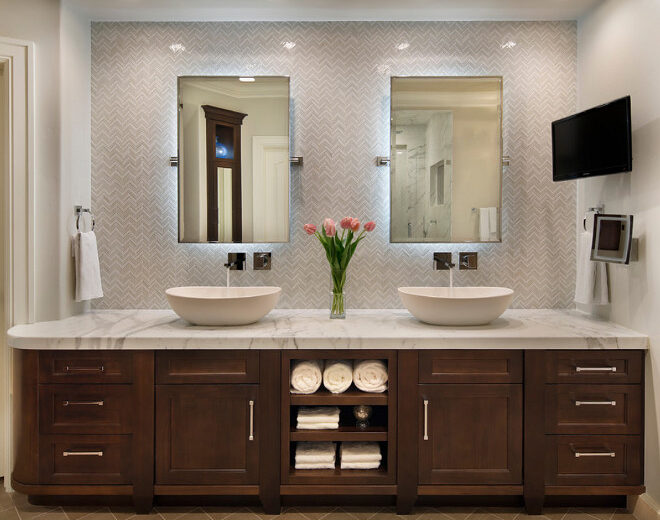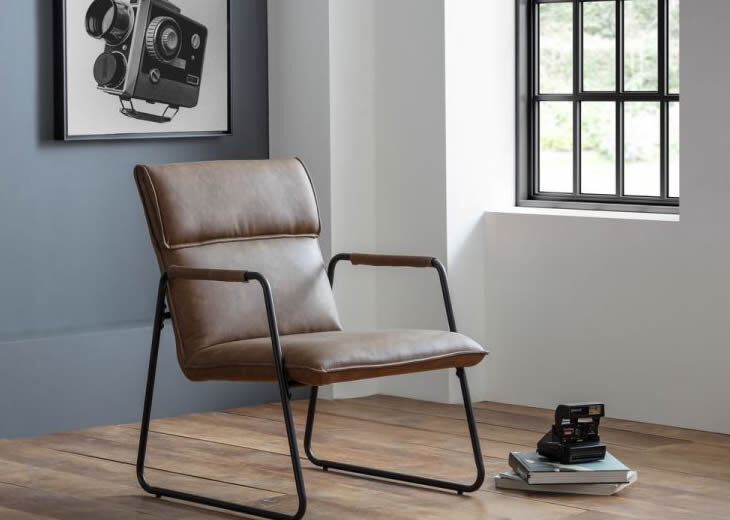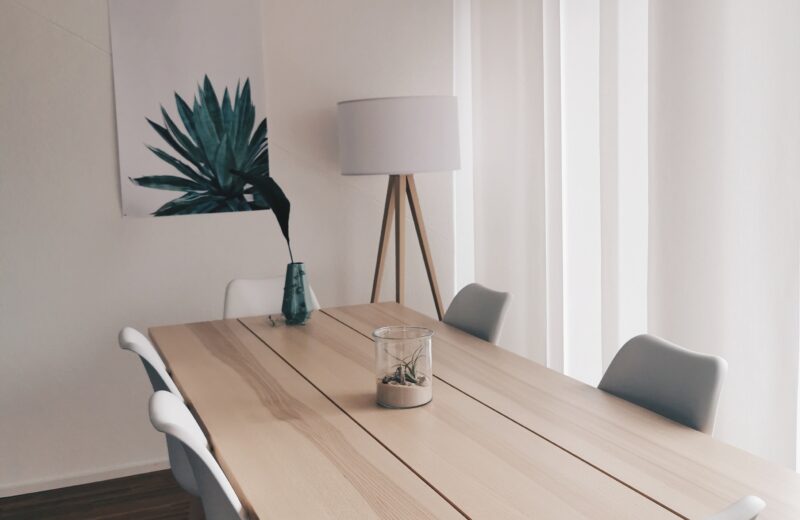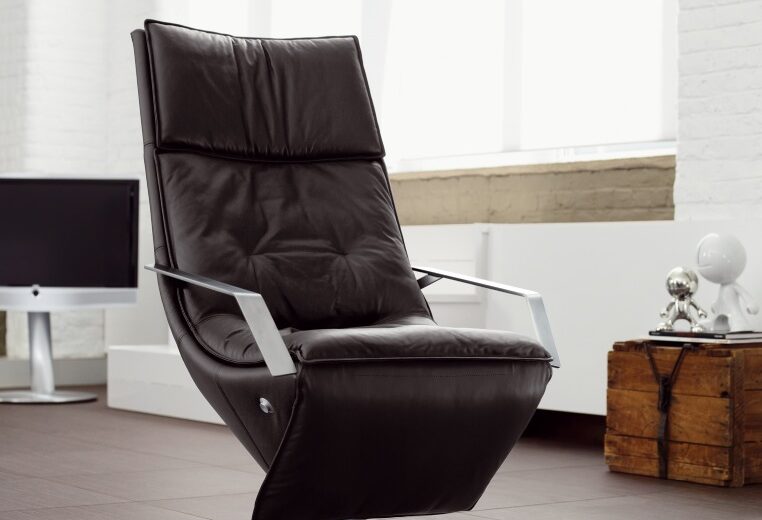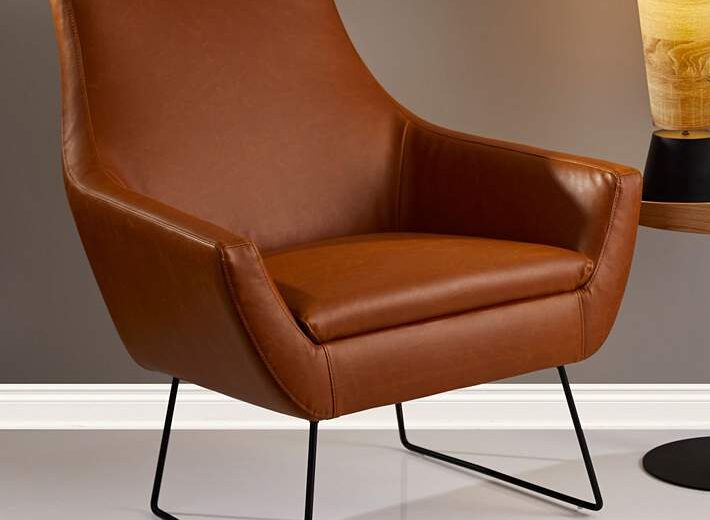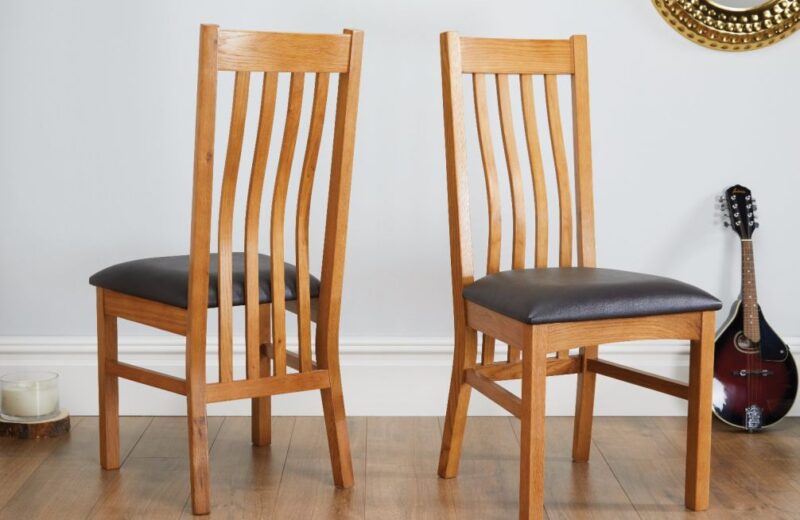It is critical to get the small details correct when selecting a dining table. In many homes, the dining table serves as a gathering spot because that is where we eat, talk, giggle, research, collaborate, and, most notably, live. In reality, a dining table like oak (if done properly) should be the focal point of your home.
We’ve compiled a list of everything you need to know about Oak Dining Table before making that final purchase, as well as some suggestions to make things even easier for you! Are you prepared to eat your (dining table) heart out? Let’s start this party!
Take into account all materials
When it did come to dining tables, you have a plethora of materials to choose from and have fun with. Glass, wood, travertine, diamine, and even a fully scratch-resistant ceramic were amongst these materials. Our EZ Living Furniture experts recommend that you start by selecting several of your new favorite materials and then narrow that down based on which best describes one’s style of life and fits your aesthetic.
For example, having your heart set on a glass coffee table is pointless if your child is in their terrible team of two and may end up throwing their plate all over your lovely glass coffee table.
However, if you are a pair looking to brighten up one interior with something more modern, glass might be the perfect match!
Wood
Side from adding a warm glow and personality to every room it enters, wood’s greatest asset is its power.
A good wood trestle dining table can last a life span if properly cared for, and with timber, your possibilities have just enhanced!
Do you live in shambles? The right wood also will withstand years of wear and tear, spilled milk, make-up blemishes, you name it, wood will endure it!
Softwood vs. Hardwood
Although wood has numerous benefits, it is worth noting that some woods can be very absorbent. As a result, we recommend wiping down your wooden table with a barely damp cloth to rapidly clean any spillages while ignoring soakage.
Hardwoods dislike water and are more absorbent than sapwood. These woods will necessitate the use of a sealer such as Danish Oil. Our experts suggest using this oil on your dining table 3 to 4 times a year to bring out the complexity and heat in the wood’s organic grain. For best results, pertain with a cotton cloth.
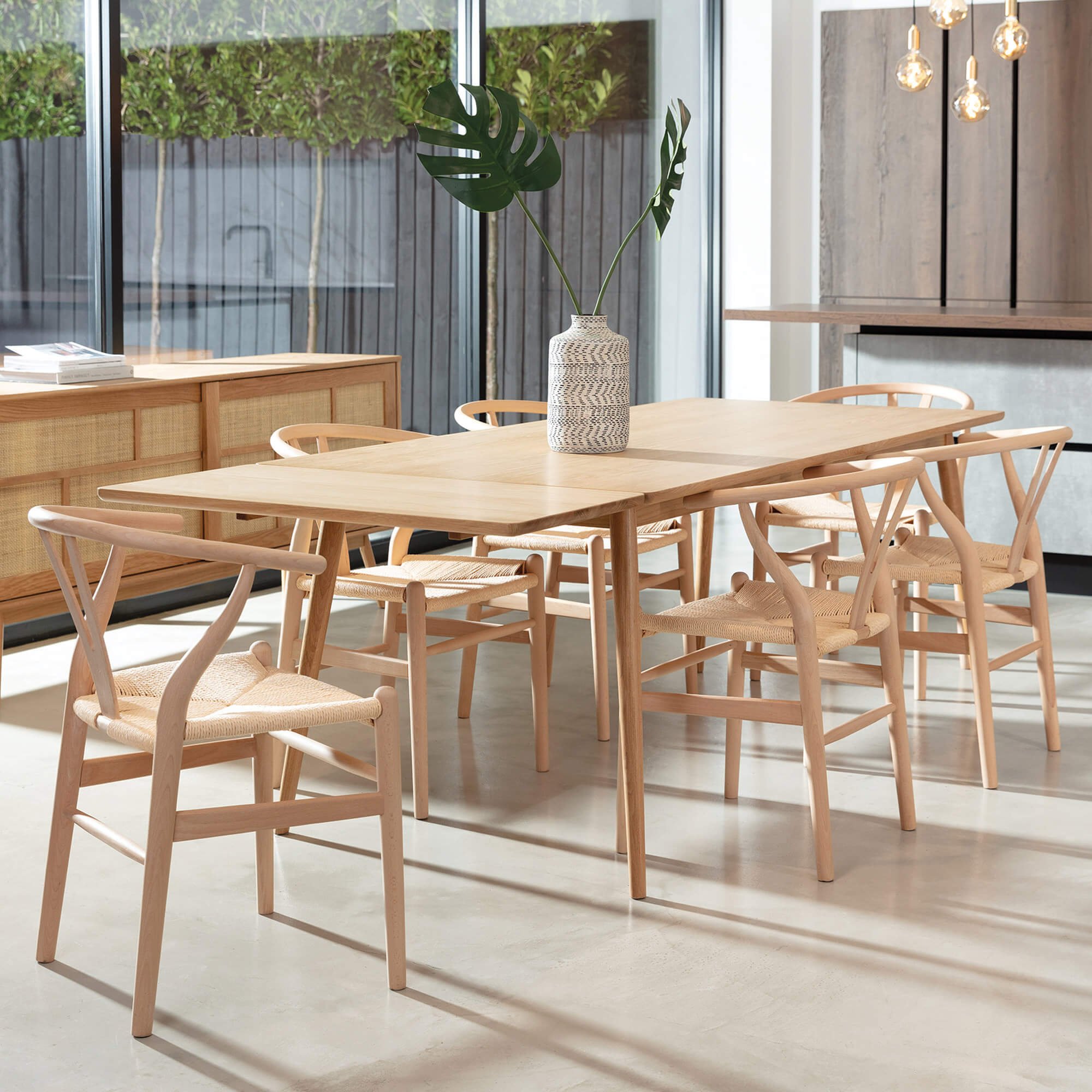
The Best Material for Dining Tables
If you decide a strong table is right for you, there are many different styles from which to choose depending on the overall look users want to accomplish.
Tables made of oak
Oak is a difficult wood that can resist constant use and has a timeless beauty that is hard to emulate. Because oak trees require a longer growth phase, the wood tends to be much more expensive, making it a more expensive route.
Because oak trees require a lengthier growth period, the wood did tend to be much more costly, making it a more expensive option. However, the slow growth produces dense wood, which implies your table will be able to stand the test of time if cared for properly. There are also many different variations in the color of Oak, ranging from white to black, giving you plenty of options when selecting a table to match your decor.
Tables made of pine
Pine is a softer wood that is lighter in color, ranging from creamy white to yellow. While pine is generally cheaper, it is still difficult and durable, making it a great choice for a deck.
Pine is also a fantastic wood to stain for its light color, so you can easily achieve the hue you want to match one’s decor. And, while it is a hard material, it is also small and light, allowing you to easily move stuff around the house.
Tables made of walnut
Walnut wood is distinguished by its darker and much more pronounced looks, with shades ranging from gentle brown to dark chocolate brown. Walnut is well-known for its toughness and density, making it ideal to be used on a dining table. Walnut, as one of the most searched woods obtainable, can be marginally more expensive than its other solid-wood counterparts; even so, it will make your dining table a focal point in your residence.
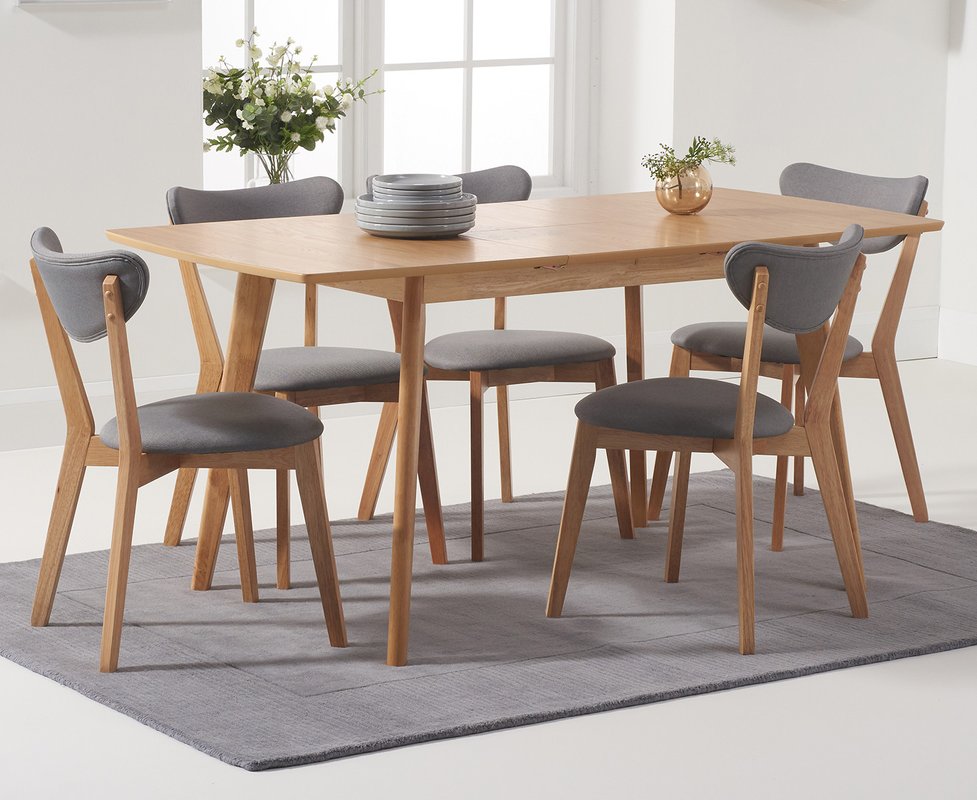
The Best Finish for Dining Room Tables
Utilizing a finish to your dining table is the last, and probably most important, step in the furniture-making process. Finishing is implemented by utilizing a special liquid on the wood surface, which then dries into a protective coating.
Varnish
Varnish is a spongy fluid that, when dry, creates a tough, concise, and shiny exterior on wood. It cures incredibly hard, so it seals and protects the wood from scuff marks, stains, dirt, and fluids. However, because varnish is difficult, it forms a layer on top of the wood. The result is you can’t feel the natural texture and grain of the wood, which some people dislike.
Wood Oil
When it comes to table completes, wood oils are another option to consider. They do an outstanding job of defending your table. Preserving the natural feel as well as the texture of the wood. By safeguarding Wood oils from spills and wear and tear. They are also brilliant for enhancing the natural color of the wood. It’s worth noting that tables with a wood oil finish require more frequent reapplying, especially if they’re used frequently.
Wax
Wax finishes have been in use for centuries and were once considered the “go-to” win for tables. Wax can bring out the grain in wood and is especially useful for filling in voids in reclaimed wood. Tables finished with wax can be fix and retain easily; however, this does necessarily require frequent reapplication of the sealant.
Hard Wax Oil
Hard wax oil is a durable alternative to wax and oil. Hard wax oils are a combination of solid waxes as well as oil. They are extremely tough and provide a more sturdy finish than wax or oil alone. This finish is simple to apply, and preserve. Also, it’s most notable to repair if regions of the table dress up out over time.


